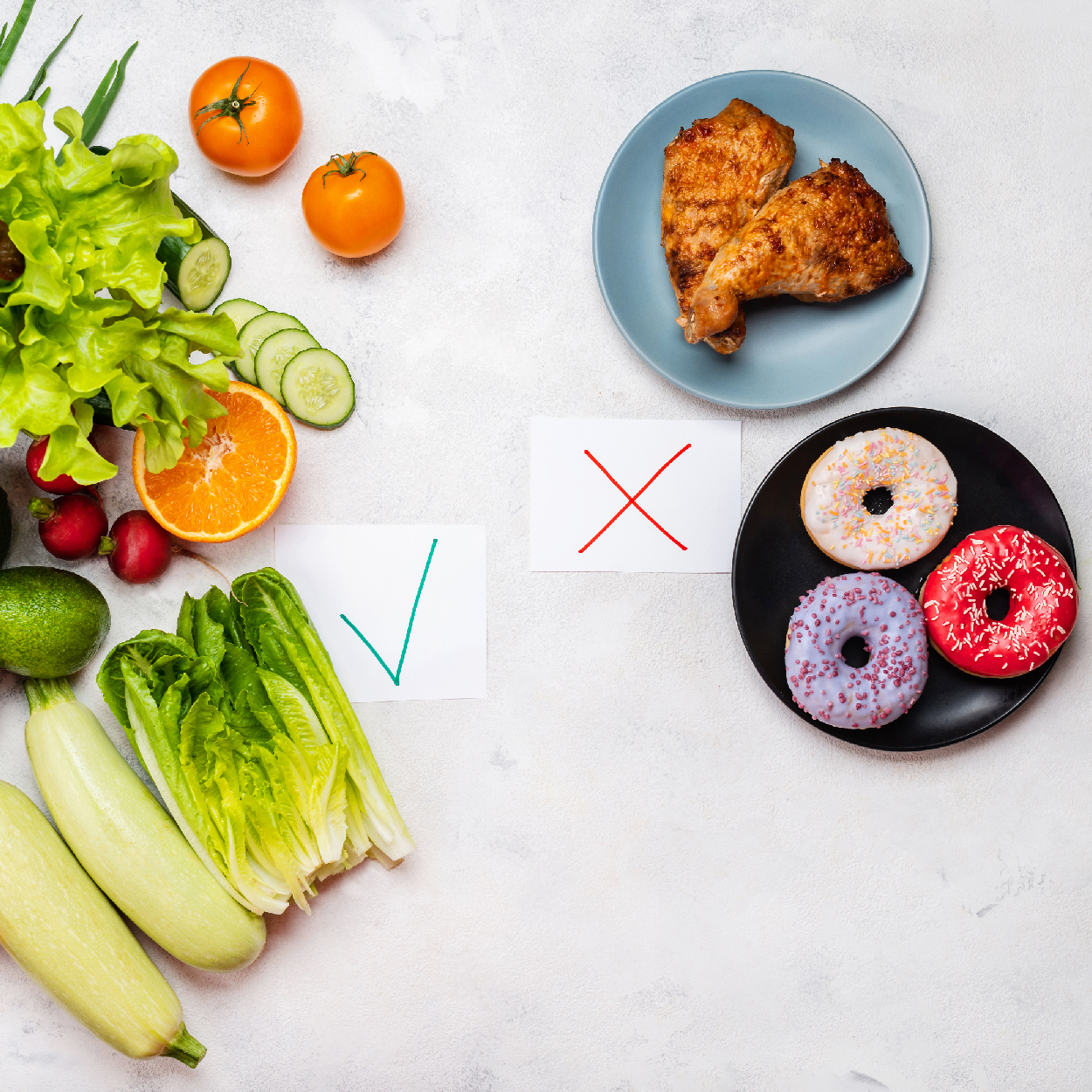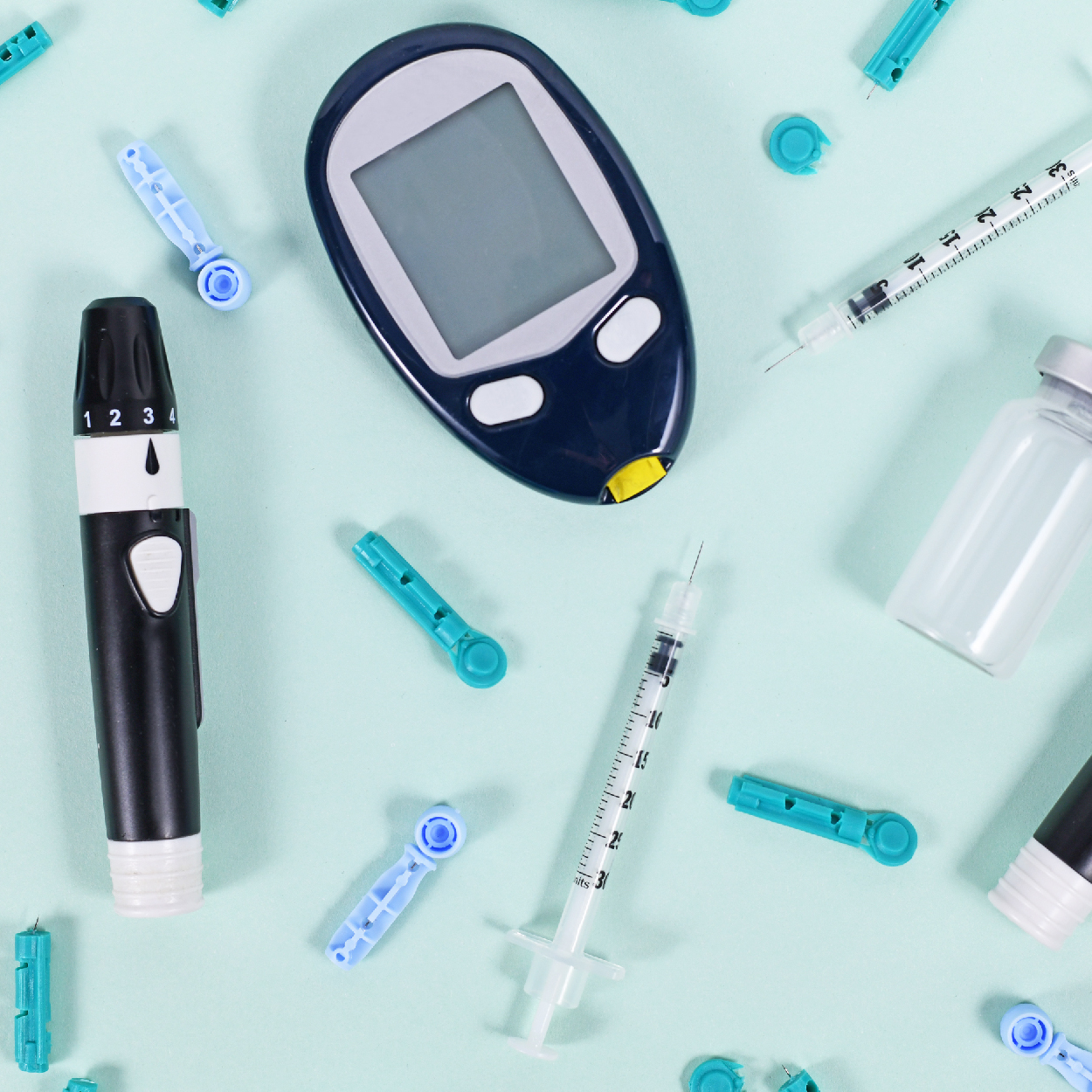Mindful Eating
When we don’t pay attention to what we eat, it can lead to excess calories and weight gain. Mindful eating can make a big difference.
Have you ever grabbed a bag of chips while you were trying to get out the door, only to reach in five minutes later and wonder where they all went? You think you couldn’t possibly have eaten the whole thing, even as you lick the salt from your lips. It happens all the time when we’re distracted or in a hurry because when we don’t pay attention to what we eat, that leads to excess calories and weight gain. It can be hard to find the time to sit down for a meal, or to focus only on the meal without doing something else at the same time. But mindful eating can make a big difference in helping to regulate how much you eat, and also allow you to appreciate the food you eat.
What is Mindful Eating?
Mindful eating focuses on the experience of eating and an awareness of how you feel about food and yourself. Practicing mindful eating can change eating behaviors, improve self-control, reduce stress and lead to weight loss and a lifestyle change that increases health and well-being. This is because people who eat mindfully consume fewer calories than those who eat spontaneously and develop an attitude for healthier eating. After applying this practice for a while, you will be able to tell the difference between being hungry versus responding to emotional triggers that lead to impulsive eating.
Tips for Mindful Eating
Mindful eating extends beyond mealtime so take some time to think about what/when/why/how you eat. Has it become a routine that you go through without realizing you’re doing it? Do you select foods with intention or because it is front of you? Really thinking about your relationship with food can create greater awareness of what and how you eat, which is the first step to changing eating behaviors.
- Pick one meal of the day where you can focus on mindful eating strategies as a start. Prepare your food, sit at your table and turn off your television, cell phone or other distractions. Eating in silence lets you can concentrate on the experience of eating.
- Eat when you’re hungry, not when you’re bored or because you have a few free minutes.
- Look at what’s on your plate, take in the aroma and think about how the food makes your feel. If it doesn’t make you feel good, don’t eat it.
- Chew the food completely. Try putting your fork down in between bites.
- Eat slowly. The brain takes longer to register fullness than the body, so give it time to catch up to avoid overeating.
- Consider your portion size. If you were raised as part of the “clean plate club,” it may be hard to walk away without finishing every meal. Start with a smaller portion and allow time for your body to determine if it has had enough. As you’re figuring this out, plan for a filling snack like an apple (they’re high in fiber), a low-fat cheese stick or small handful of nuts in case you find yourself physically hungry a few hours after eating.
- Stop eating when you feel full.
- Weekly meal prep and planning ahead to buy healthier foods and snacks that you will enjoy also will help with “grab and go” eating.
It may seem awkward to sit at a table for longer than you’re used to and to be so deliberate about how you eat. But if you focus and really consider why you’re eating and your enjoyment of food, it can become a more natural practice with noticeable benefits to your mind and body. Plus, it doesn’t cost anything and you can do it wherever you are, so it’s definitely worth a try!




